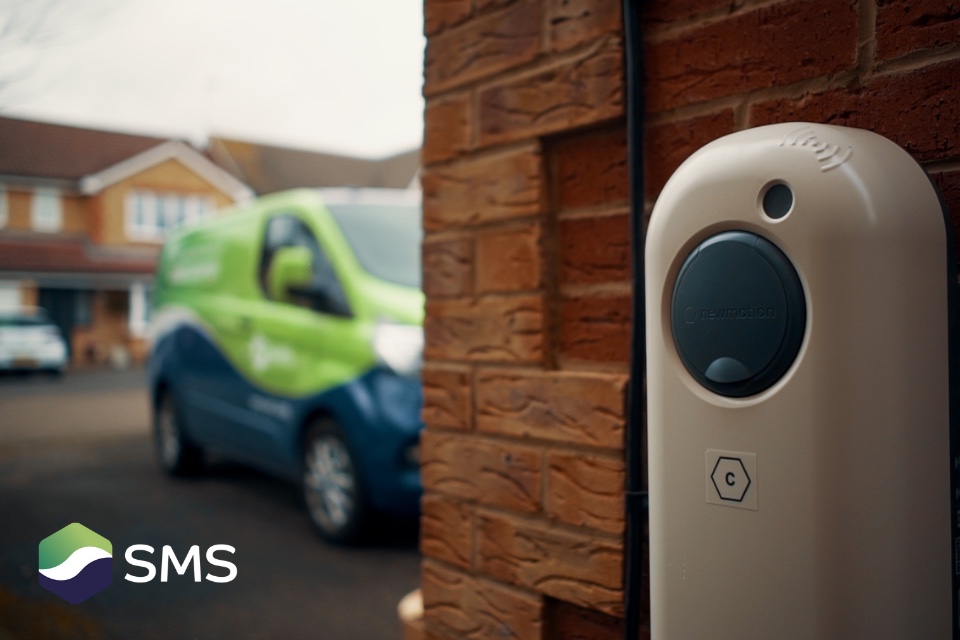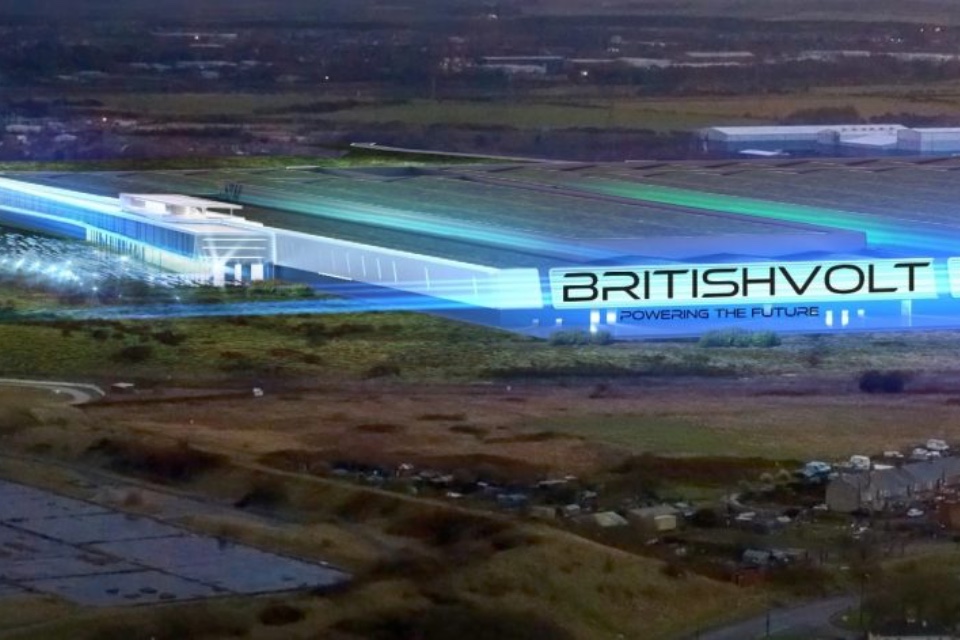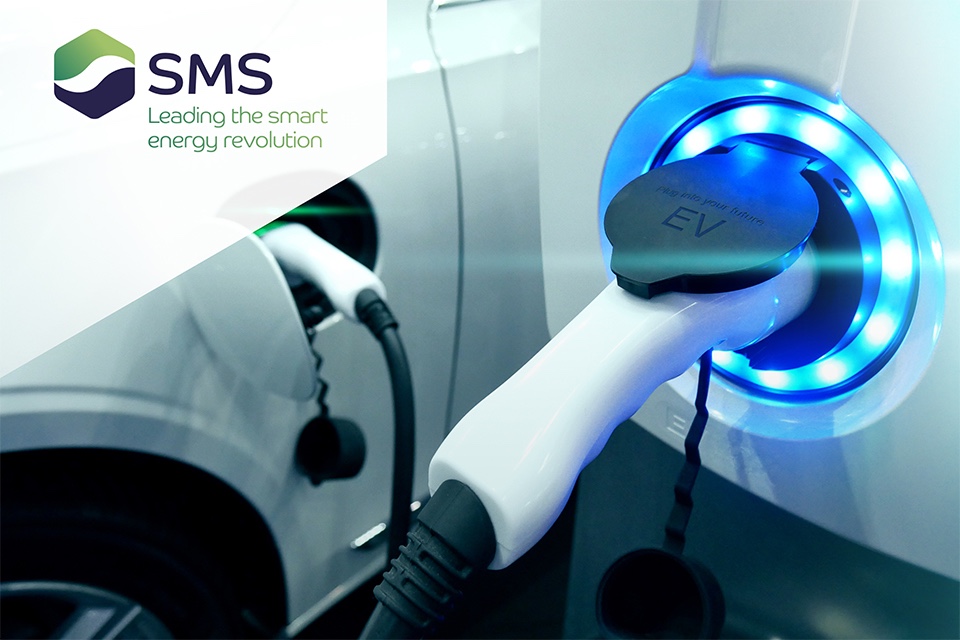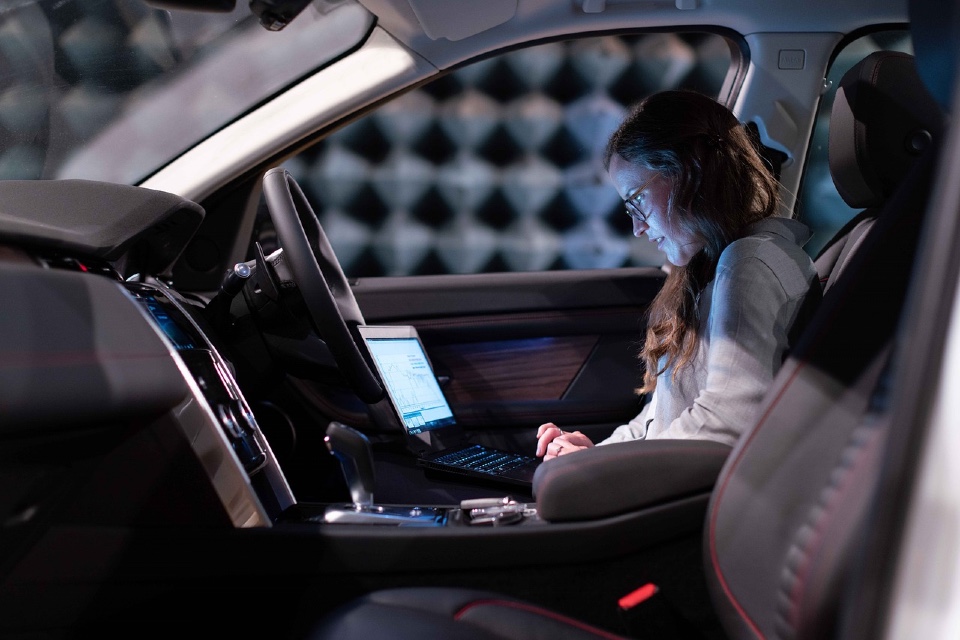Importance of value proposition & target market when launching a car subscription business
https://fleetservicessummit.co.uk/wp-content/uploads/2023/03/63f466c3605c2a80326b93cd_Cars-Range-2.jpg 960 640 Guest Post Guest Post https://secure.gravatar.com/avatar/cb2a67f15cd7d053d8e638a1df3fd67f?s=96&d=mm&r=gAt Tomorrow’s Journey, we have helped build many car subscription businesses, and a critical aspect of a successful launch is to define your target audience and proposition. With a clear understanding, it can be easier to attract and retain subscribers, and your product may be able to stand out in a growing competitive market.
Read our full article here -> https://www.tomorrowsjourney.co.uk/industry-insights/car-subscription-business-model-value-proposition
First, it is crucial to understand the needs and preferences of your target market. This includes the type of cars they prefer, the duration of their subscriptions, and any additional services or features they may want. Conducting market research and gathering feedback from potential customers is an effective way to identify their preferences. Surveys, testing different product features and pricing options, monitoring market trends and consulting industry experts can help you make informed decisions.
Next, offering a range of vehicles that aligns with your target market is essential. Focusing on a particular niche, such as EVs, small cars, or luxury vehicles, allows you to better meet your customers’ needs and differentiate your product from competitors.
Finally, providing flexible and customisable subscriptions is critical to a successful car subscription product. Customers have varying preferences regarding the duration of their subscriptions, and a good car subscription product should cater to these differences. Allowing customers to switch to a different type of car, change the duration of their subscription, or adjust their monthly mileage allowance while on an active subscription are ways to differentiate your product.
In conclusion, these three factors – understanding your target market, offering a range of vehicles that aligns with their preferences, and providing flexible and customisable subscriptions – are critical to building a successful car subscription business. Considering these elements in the early stages of developing your product can create a fast-growing and lasting value proposition.
If you’re thinking of launching a car subscription business get in touch here -> https://www.tomorrowsjourney.co.uk











